It’s like the Mona Lisa’s eyes of iRacing. From the time you advance out of the rookie class, it seems to follow you wherever you go. Is that a judgmental stare or an approving smile? It all depends on how you think about your iRating.
Because of its ominpresence, iRating has become something of a legend with plenty of myths and misconceptions surrounding it. And in my more than 600 official races on iRacing, I’ve heard some doozies.
“If you start from the back in a race, you’ll gain more iRating than if you qualify.”
Wrong.
“If you get wrecked out, just submit a protest and you’ll get some iRating refunded.”
Wrong, wrong, wrong.
“If you have a clean race, you’ll get a small boost in your iRating.”
Wro — oh, wait. Although that’s not how the calculation works, there may actually be truth to this one. In my latest iRacing quest, I set out to prove it.
Setting the Stage
For the past three years, my road iRating has remained fairly stagnant, generally within a couple hundred points of 4,500. Part of that is because I haven’t done too many official races — more on how participation affects iRating a bit later — but it also seemed like any time I chained a few good races together, they’d be followed by a bad one that cost me everything I’d gained.
After being tantalizingly close to 5,000 iRating for so long, I decided last week that it was finally time to grind it out. I started the week at 4,819 — 181 points away. Even averaging a gain of 20 points per race, it would take 10 races with no setbacks along the way, and that was far from a guarantee given the combo I would be running.
My series of choice was the Blancpain Sprint Series at Bathurst. It was admittedly a risky pick since that series is somewhat infamous for its occasionally low driving standards, and a single mistake — by you or someone ahead of you — on the winding mountain roads tends to end your race.

Three years’ worth of road iRating, stuck in the doldrums between 4k and 5k.
My car of choice was the Ferrari 488 GT3. This was also a risky choice since I’d never driven it before and it’s not the fastest GT3 car at the moment; the Audi seems to take that honor. But after a few practice laps, I thought the Ferrari was fun to drive, so I decided to go with it.
I never adjusted the setup too much, and I found that a high-downforce, high-rake configuration worked best to optimize handling and lap times. Of course, that meant I’d be sacrificing straight-line speed and making passes much more difficult, especially against the more well-balanced Audis and BMWs.
I would have my work cut out for me against some strong fields all week. Many world championship-level drivers used BSS as a testing ground in preparation for their six-hour Bathurst race on Saturday. Because iRating is a zero-sum system, in order to reach 5k iRating for myself, I’d need to steal some points from other 5k drivers along the way.
However, I didn’t mind the challenge. I figured that if I could still reach my iRating goal, I could dispel another myth that only the fastest drivers in the quickest cars with the best setups can find consistent success.
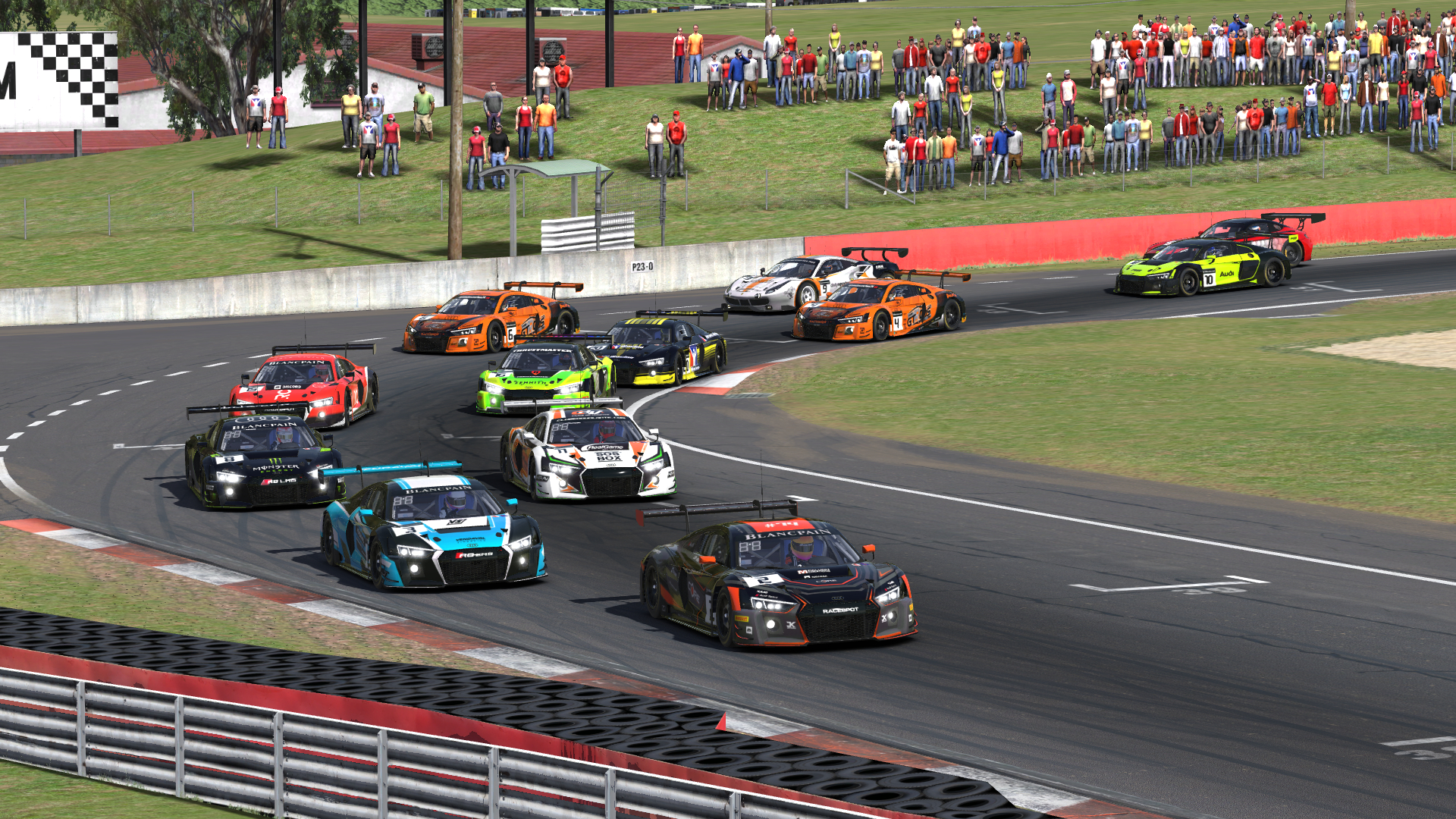
A familiar sight on Bathurst grids: a lone Ferrari amid a sea of Audis.
One Step Forward, Two Steps Back
In my first two races on Tuesday night, I mainly hoped to get a better feel for the Ferrari over a full race distance; any iRating gains would be a bonus.
I had a few scary moments along the way, including tail-slapping the wall in my first race when I overdrive the Skyline corner, and narrowly missing a multi-car crash exiting the Chase in race 2. But by making it to the finish in both races, I managed a solid gain of 76 iRating points. At that rate, I started thinking that 5k might come sooner rather than later.
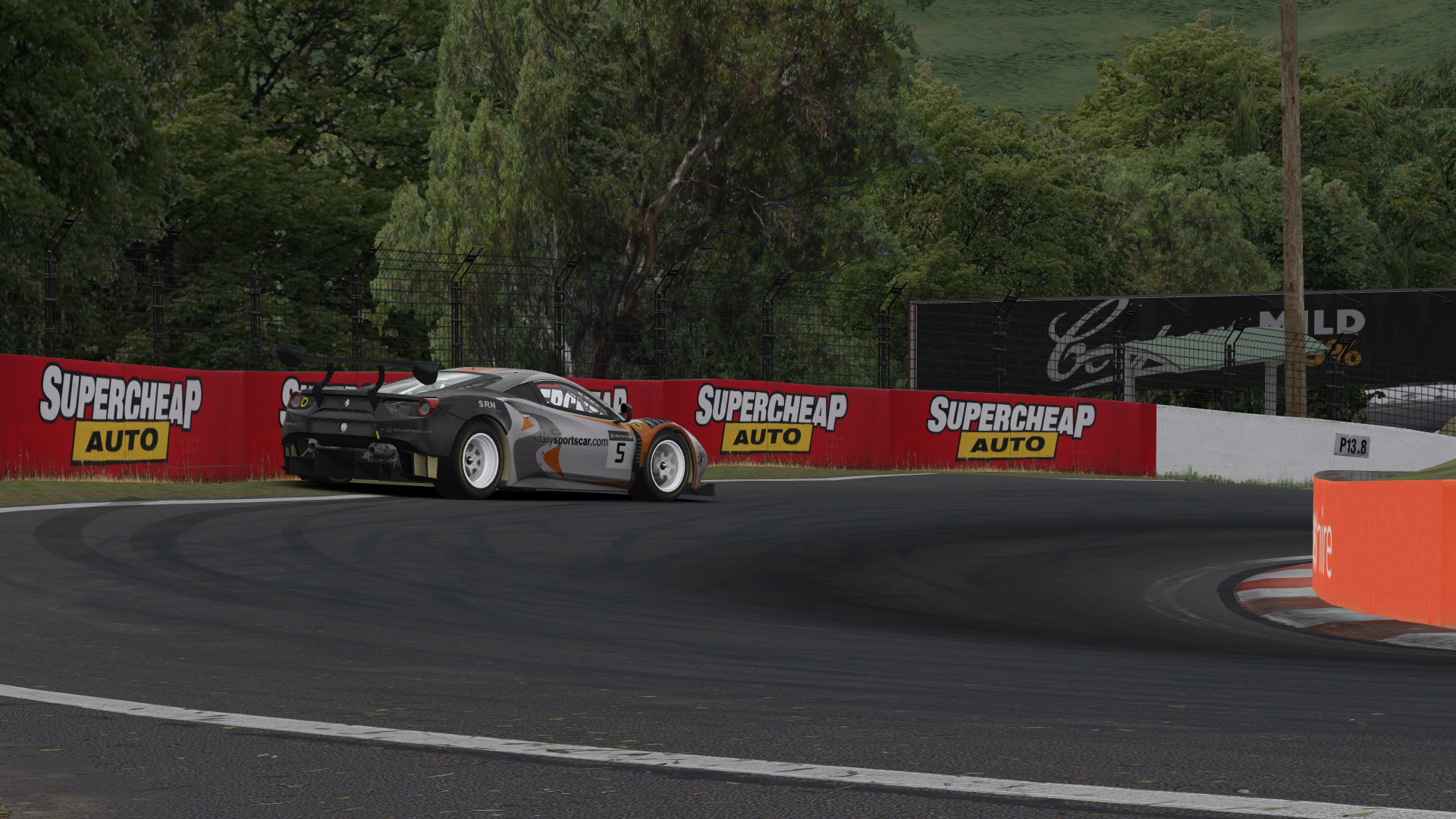
Running wide and tapping the wall coming down the mountain.
Just when things were looking up, though, the third race of the week happened. It was a disaster from the start. I had to take to the grass in turn 1 to avoid a spin ahead of me, and while I made it through without damage, it cost me five positions.
On lap 2, that extra traffic ahead proved fatal. The cars battling in front of me crashed entering Skyline, and as is often the case at Bathurst, what started as a two-car crash blocked the track and collected several others. This time, I was one of them.
That one bad result cost me 107 iRating — everything I’d gained the day before and then some. Reaching 5k was starting to seem impossible — a Sisyphean task that, appropriately, was taking place on a mountain.
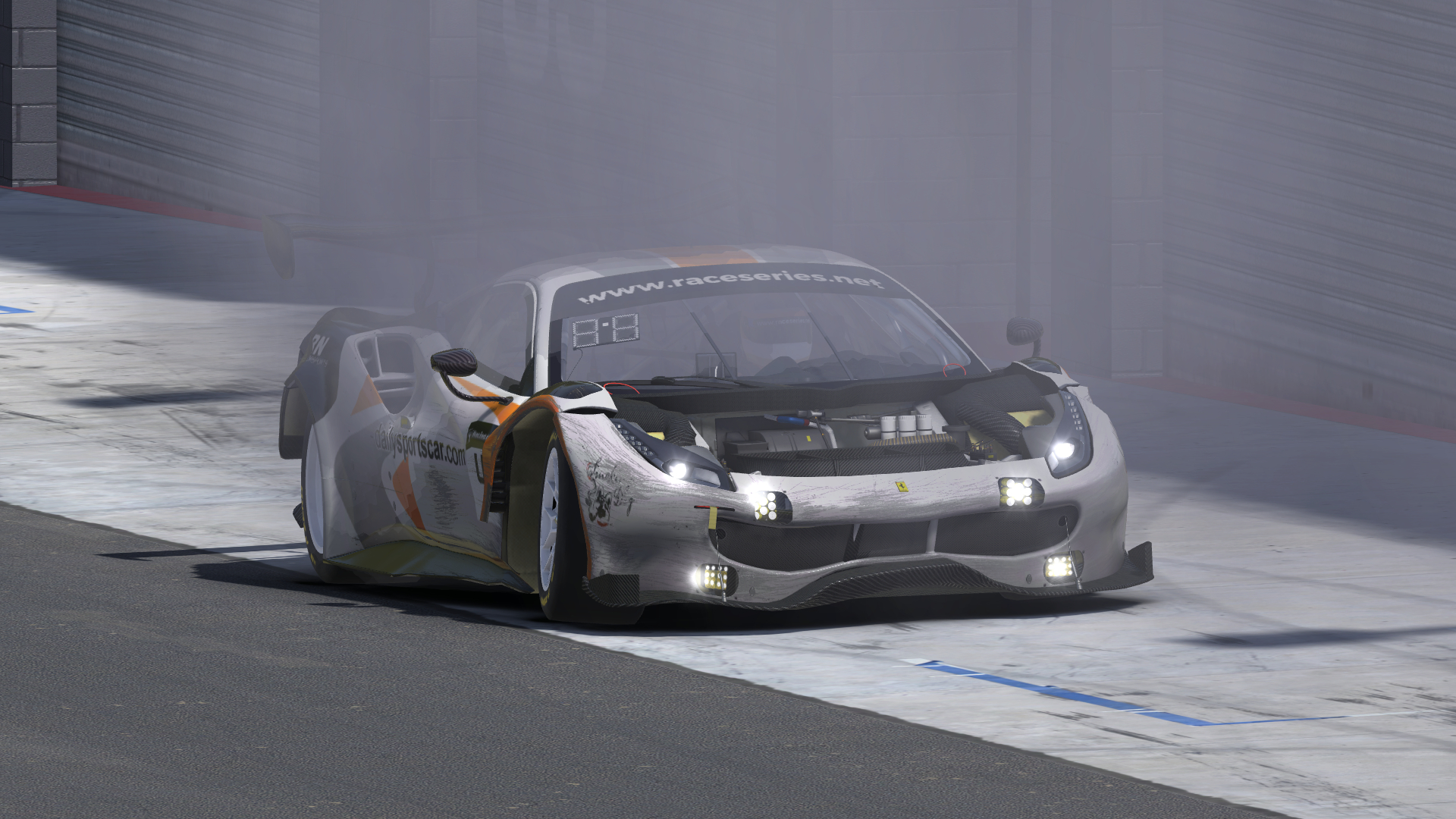
Wrecked and in the pits after two laps: not the recipe for iRating gains.
Crisis Averted
My road to recovery began later that night, and it would be a make-or-break race, as another bad result would have effectively ended my quest. Fortunately, I managed a solid — and much less eventful — race, finishing fifth and regaining about half of what I’d lost.
My first race the next day had a frustratingly similar start to the previous day. Entering turn 1, I was spun out and my car nosed into the wall. As the rest of the field drove by, I saw another major iRating loss in my future.
Once I got going again, I realized that the car was driving fine. However, I was slightly down on top speed, which meant passing would be nearly impossible, at least on the track. That’s where my biggest strategy call of the week came in.
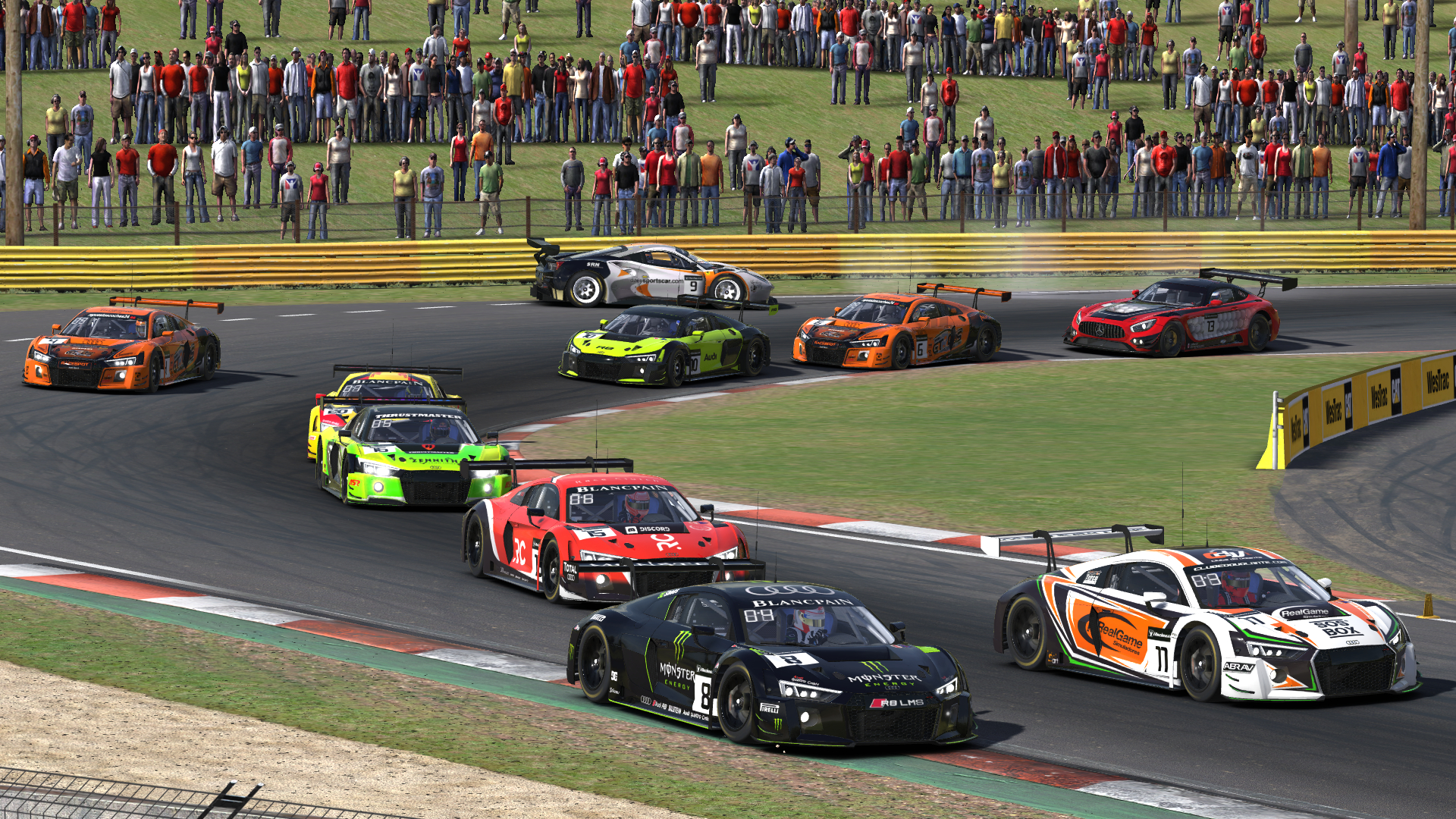
An ominous start to race 5: spun out while the field sped past.
On lap five — about as early as I could have possibly pitted to make it on fuel — I made a pit stop to get away from the traffic slowing me down. In clean air, I logged laps, and once the cycle of pit stops was completed, I was up to 12th place.
I figured that was as high as I could finish, but the last lap brought even more surprises. One car had to pit for a splash of fuel. Another slowed down the backstretch, apparently out of fuel. And a third spun in the Chase.
Suddenly, I went from limiting my iRating losses to managing a modest gain of 25 points. I followed that up with another solid race, and by the end of Thursday night, I was at exactly 4,900 iRating.
Gaining Confidence
With each successive race, I was getting more and more comfortable with the car and the track. Instead of a sheer fight for survival, I felt like I could actually race and even make passes.
Granted, my only real passing opportunity was down the backstretch and into the Chase since the Audi and BMW seemed to have better acceleration out of the first and last corners, but I became adept at taking advantage of others’ mistakes on the mountain to pass them coming off of it.
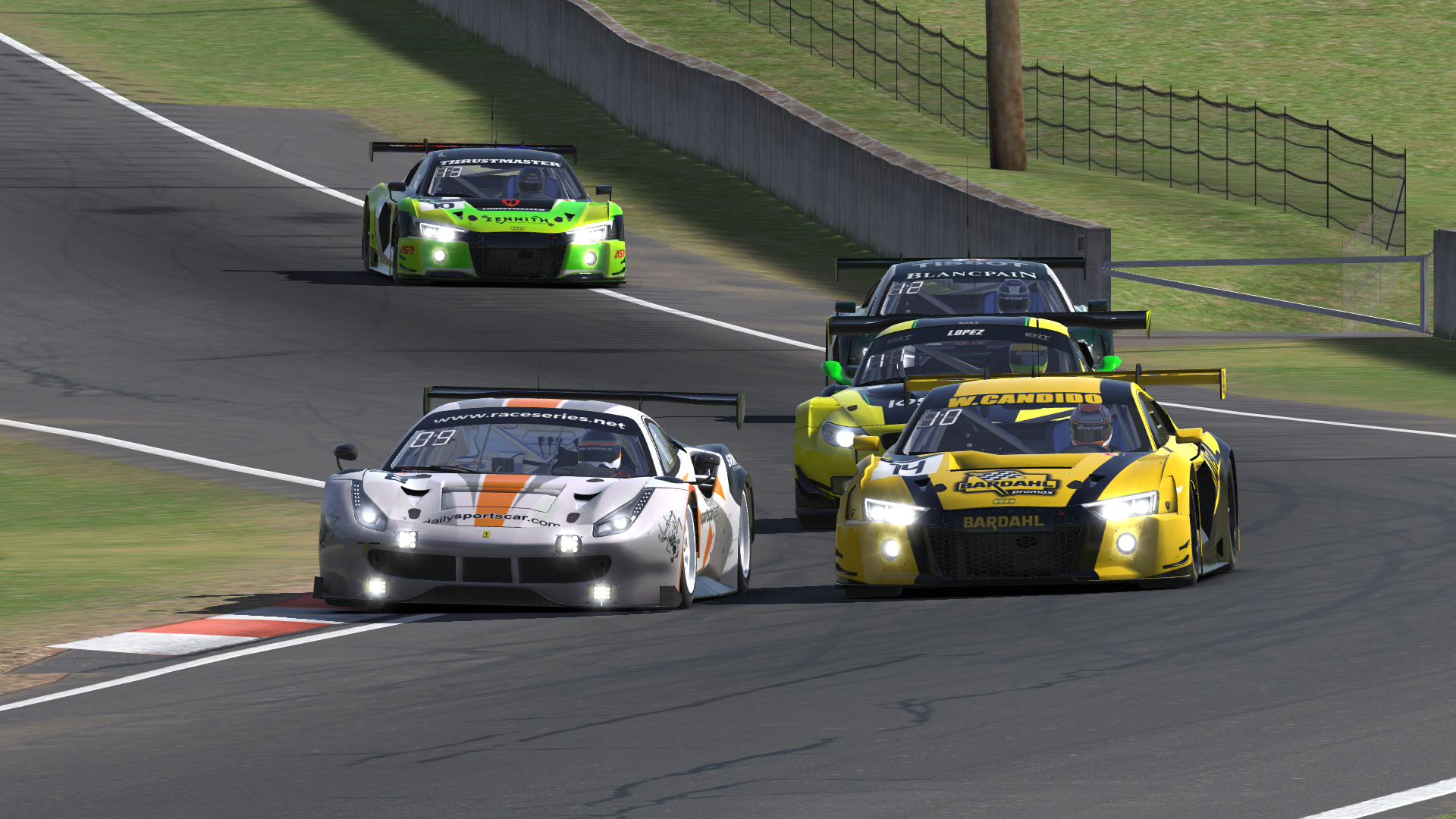
Passing an Audi with an inside move entering the Chase.
In my seventh and eighth races of the week, I honed this strategy and gained several positions through on-track passes. Some of them were a bit risky since the bumpy right-hand kink before the Chase can unsettle the a car and make a side-by-side battle difficult, but a bit of white-knuckle driving and cooperation from both drivers was generally enough to avoid disaster.
My biggest problem of the day happened at the other end of the circuit. In my second race of the night, I exited the pits beside another car and we drag-raced to turn 2. Under braking, our cars drifted into each other, which sent mine skidding into the outside wall.
I expected it would be a race-ender, but I hit the left side square and was able to keep going with only minor damage. Although it did cost me a position, I still escaped from that race with a seventh-place finish.
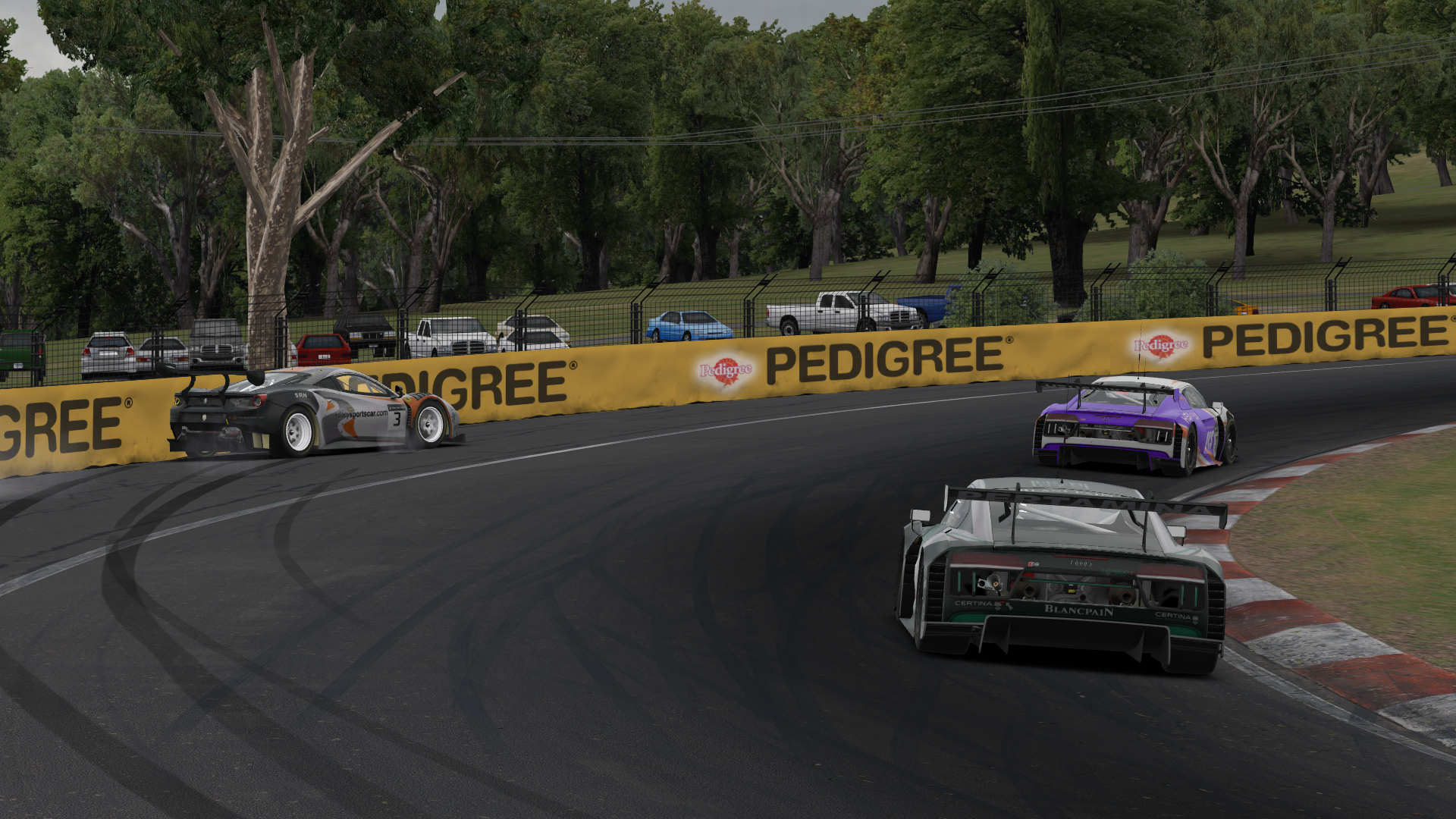
Hitting the turn-2 wall after a close battle ended in contact.
Weekend Warrior
Heading into the weekend, I was just 40 iRating points away from 5,000. Despite my own confidence, I knew that Saturday’s races would likely have stronger fields and put me further back on the grid, in a potentially dangerous mid-pack position where unavoidable accidents can claim many innocent victims.
My first race of the day was indeed a tough one, and I qualified in 13th. However, I avoided some first-lap carnage to move into the top ten, and I picked off a couple more positions the rest of the way to finish eighth. I was then just 17 iRating away from 5k, so barring a complete disaster in the following race, I’d hit my goal.
From sixth on the grid, the first half of the race went well enough, and after the pit stops were completed, I was up to third place with the second-place Audi in my sights. With just three laps to go, though, I saw my race — and my iRating — flash before my eyes.
The Audi ahead of me got loose on the way up the mountain and bounced off the inside wall. It’s the sort of incident that challenges a driver’s instincts: Do you slam on the brakes or nail the gas? Do you hold your line or swerve to avoid it?
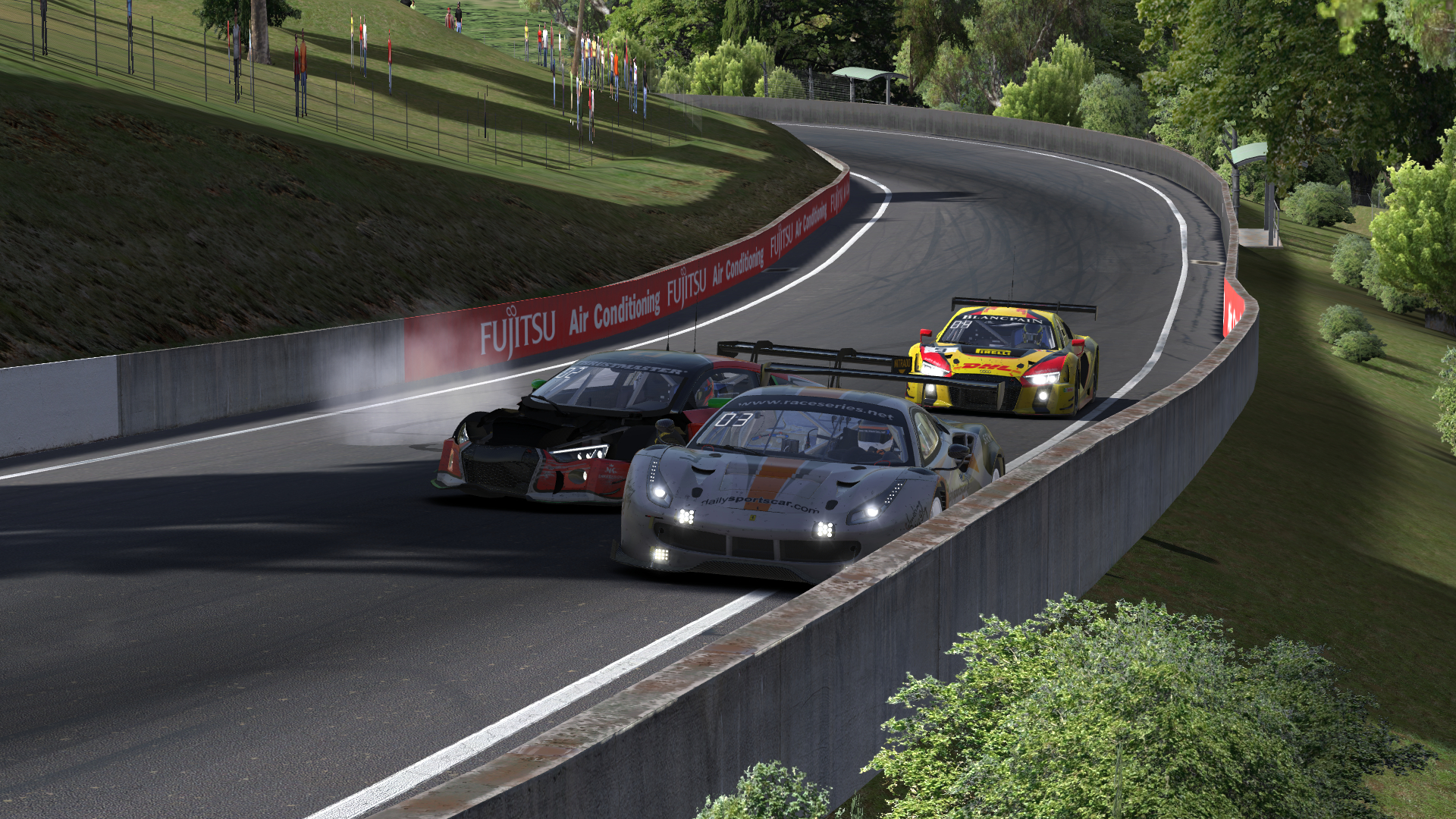
A close call on the mountain sealed my best finish of the week.
I first hit the brakes, but as I saw his car careening right into my path, I steered as far to the left as I could and hoped for the best. This time, luck was on my side. I avoided his car by a few inches and held on to finish second and score 201 championship points, which was my best result of the week.
More importantly, I picked up 54 iRating to cross the 5,000 mark for the first time ever. It took 10 races, which is what I predicted given steady gains each time. Of course, I hadn’t factored in that one bad result, so still hitting 5k on target was a bonus. However, I knew that another bad race could drop me below that threshold, so I decided that I needed a buffer.
I ran two more races, putting all my knowledge gained during the week to the test. I made passes entering the Chase. I calculated my fuel mileage to pinpoint precision and gained spots in the pits. And I raced smart, backing out of several tight positions that could have resulted in a crash, even if it kept me from gaining a spot or two along the way.
After 12 races, I reached an iRating of 5,109. It’s more than I ever imagined I might accumulate when the week started, and I did it in a car that clearly wasn’t the fastest or most popular choice.
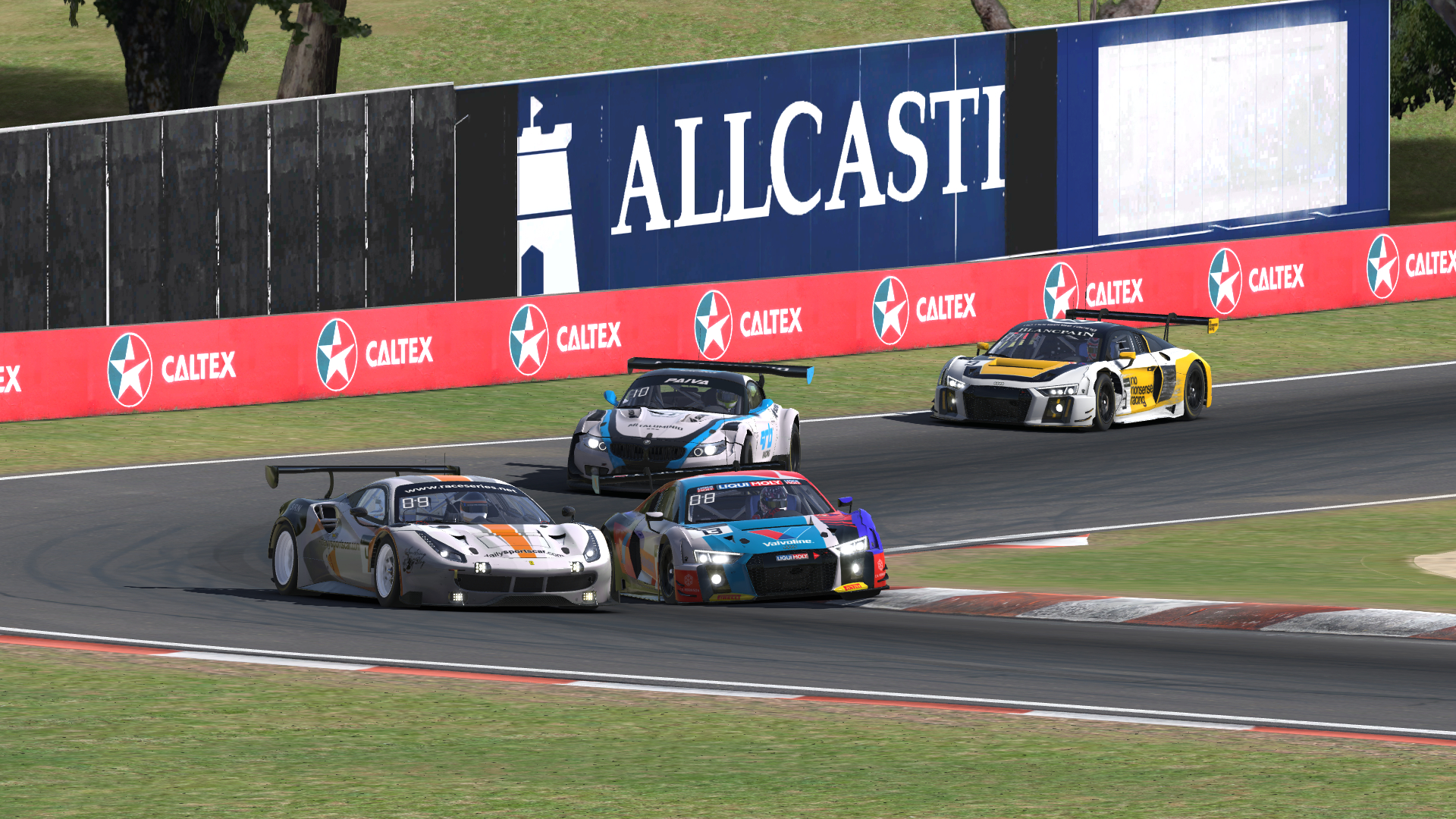
By the end of the week, I was passing Audis around the outside.
A Skill Score?
The global rankings show that my iRating is ranked 630th out of a little more than 50,000 drivers. So does that mean I’m among the best 0.2% of iRacers as the number suggests?
Certainly not, which brings me to some of the limitations of iRating.
Because it requires many races for your iRating to calibrate itself, I’m sure that some of the drivers ranked below me haven’t raced enough to meet their potential. Likewise, it only factors in official races, so anyone who runs mostly leagues effectively misses out on potential gains from those performances. This is the case for several of my teammates, who are consistently quicker than me but have iRatings a few hundred points lower.
One frequent criticism of iRating is that it lumps all cars within a discipline into a single number. Per-car iRating has often been suggested so that a top-level Mazda MX-5 driver won’t be expected to perform as well in a GT3 car, and someone can’t farm overall iRating in a single series, especially a low-level one like the Mazda Cup.
I would also argue that iRating isn’t as much of a measure of driver skill as it is of driver fitness. Put another way, over the course of a season, a team owner may be better off choosing a slightly slower driver with a higher iRating because they can more consistently finish races, even if they might not win as many.
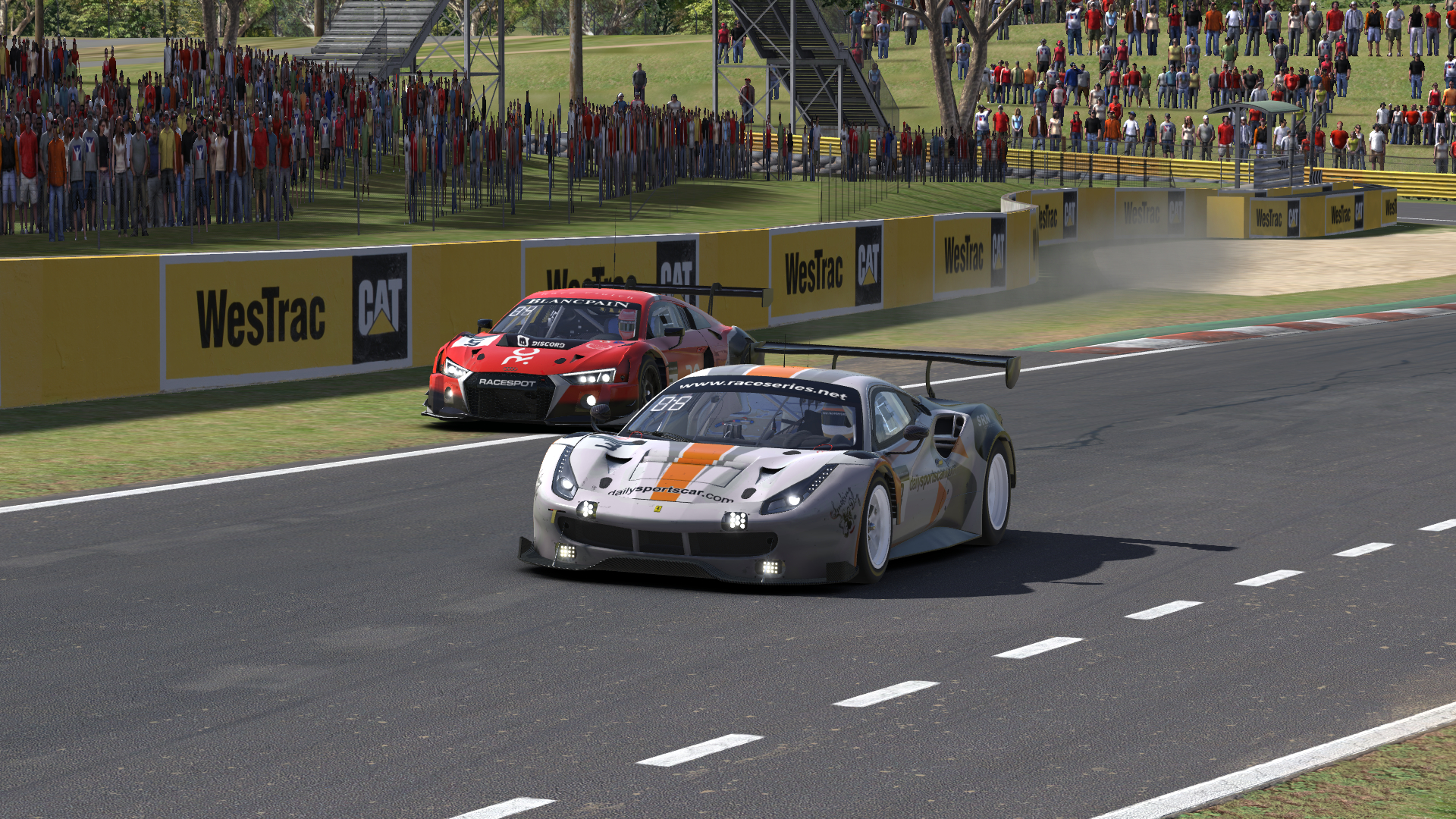
One key to iRacing improvement: taking advantage of faster drivers making mistakes.
I witnessed this at Bathurst. Several drivers with lower iRatings than mine were consistently much quicker, yet I tended to beat them more often than not because they made mistakes.
With that interpretation in mind, iRating as it’s structured now does a quite good job of predicting the finishing order of races. Sure, there will always be outliers, but once that calibration period has elapsed, better drivers tend to come out on top.
What does that mean for me?
Statistically, not a whole lot, as the difference between 4,800 and 5,100 isn’t much. But reaching that 5k milestone carries an expectation for speed, safety, and success, both in my mind and to my competitors.
It’s not exactly the da Vinci code, but like the Mona Lisa, there are some hidden complexities to iRating, and sometimes, you just have to look at them from the right angle.